Whether you’re looking to buy your first home or your tenth home, interest rates will play a big part in your decision-making process. Back in the 1990s, borrowers were paying as much as 17 per cent interest. Fast-forward to 2000, and the average interest rate was a little over 8 per cent – a lot better than 17 per cent, but still nearly twice the 2020 average of around 4.5 per cent. So, what exactly drives interest rates, and what do you need to know about them before you sign up for a home loan?
What’s the difference between principal and interest and interest-only?
If you have a principal and interest loan (P&I), you’ll make regular repayments on the principal, which is the amount you borrowed, plus you’ll pay interest on that amount. The amount you’ll pay each month will be based on the agreed loan term, for example, 30 years, and the interest rate.
As the name suggests, an interest-only loan will allow you to pay only the interest for an agreed period (often five years). Sometimes the interest rate for this kind of loan is higher than P&I, so while your monthly payments will be lower, you’ll pay more over the life of the loan. When the interest-only period finishes, your repayments will increase, so it’s essential to make sure you can afford the higher repayments.
How are interest rates calculated?
While every lender is allowed to act independently, home loan interest rates are based on the Reserve Bank of Australia (RBA). The RBA is tasked with issuing Australian currency and setting the country’s monetary policy to maintain financial stability. The cash rate, which is the interest rate the RBA offers on unsecured overnight loans between banks, is reviewed monthly. On the first Tuesday of every month, the RBA announces the rate that will take effect the following day.
Do banks always pass on interest rate cuts?
Sometimes banks pass on cuts in full, sometimes they don’t. It’s up to individual lenders to decide if they will shift home loan rates. Sometimes banks will cut the fixed-rate, but not the variable rate, and vice versa. Lenders may pass on a cut immediately, or they may take weeks to make a change. There are also instances where lenders will raise or lower their interest rates out of the RBA cycle. There are a few factors at play, including the riskiness of lending, the structure of a lender’s deposits and interest rates, and the level of competition between lenders.
Many lenders will pass on a rate cut, at least in part, to retain customers and attract new customers.
If your lender doesn’t pass on a rate cut, you can try negotiating a better interest rate with them directly, or consider switching to another lender with a better rate. Just be sure to calculate discharge and break fees, establishment fees and stamp duty before making your decision.
We hope this helps you make a smarter decision when looking for your next home loan.
If you need any assistance with buying, don’t hesitate to speak with one of our Property Buyer Agents on +613 8374 7652 or book a Zoom call here
https://calendly.com/propertychat/discussion-with-industry-insider
Industry Insider Property
Level 3, 489 Toorak Road, Toorak 3142
+613 8374 7652
+613 402 346 810
industryinsider.com.au



